Whether you’re a graphic designer aspiring to become an art director or an experienced art director ready for your next move, a strong portfolio is non-negotiable.
A portfolio is your visual résumé, and communicates your style, taste, and problem-solving skills, while also telling your professional story. A polished, up-to-date portfolio can unlock career opportunities, attract new clients, and help you stand out in a competitive field.
If it’s been a while since you refreshed yours, now’s the perfect time. In this guide, we’ll look at six art director portfolios, what you can learn from them, and best practices for building your own.
6 Inspiring Art Director Portfolios
1. Jessica Walsh
Brooklyn-based designer and creative director Jessica Walsh knows the value of a portfolio at every career stage. With one portfolio for her personal work on Behance and another for her studio &Walsh, she demonstrates versatility while building her brand.
Both portfolios are beautifully presented with high-quality visuals, behind-the-scenes context, and a seamless user experience—hallmarks of effective storytelling.
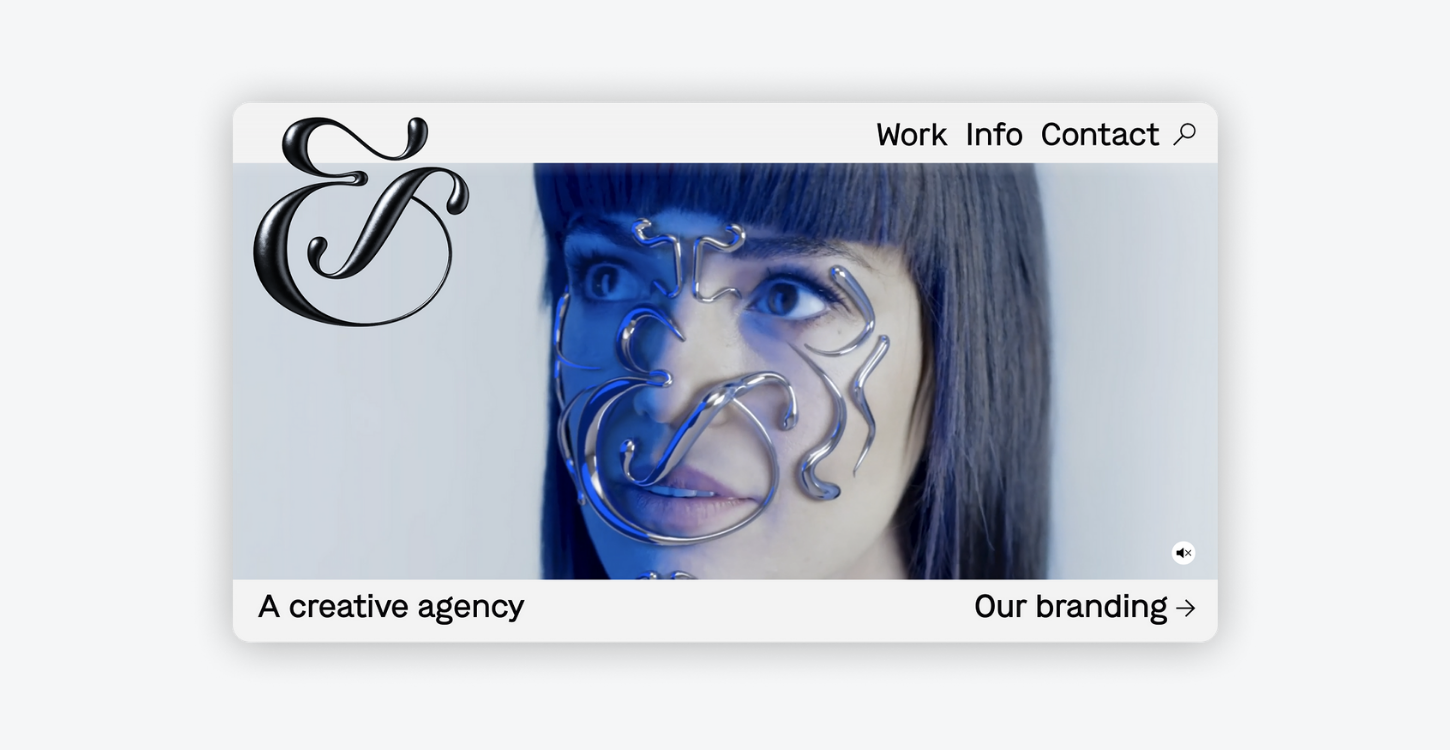
2. Davy Denduyver
Belgian designer Davy Denduyver brings personality to his portfolio through bold design choices like a 3D tilt and unique navigation. Each project highlights his process and outcomes with just enough detail to show range without clutter.
Although his portfolio doesn’t follow any specific color scheme, and his style is loud and eclectic, Denduyver created a portfolio page that still feels thematically on-brand to him as a designer.
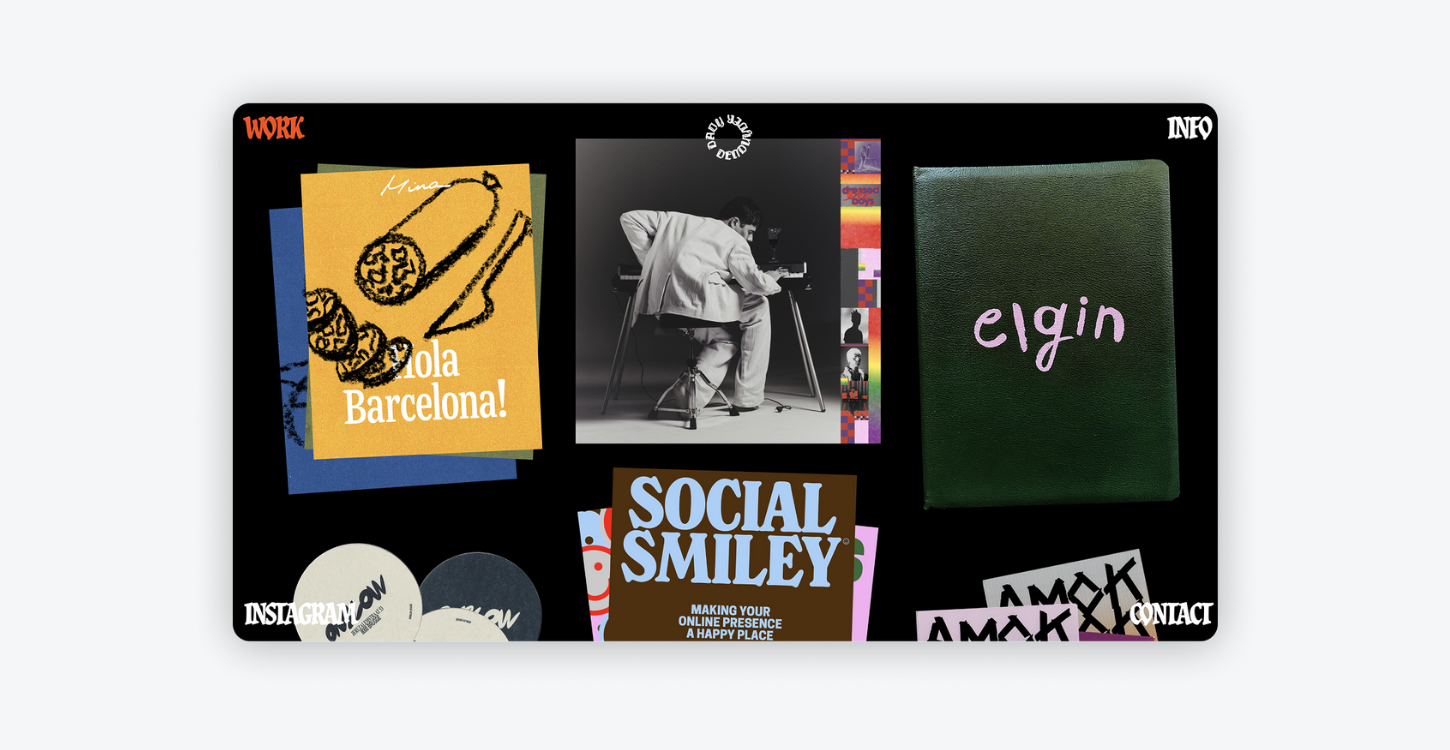
3. Laurène Boglio
French illustrator and art director Laurène Boglio uses clean, organized categories—campaigns, covers, animations, and more—to show her versatility. Despite the range, her portfolio feels cohesive thanks to a consistent aesthetic. Meanwhile, the clean and user-friendly design emphasizes her creative style and professional expertise.
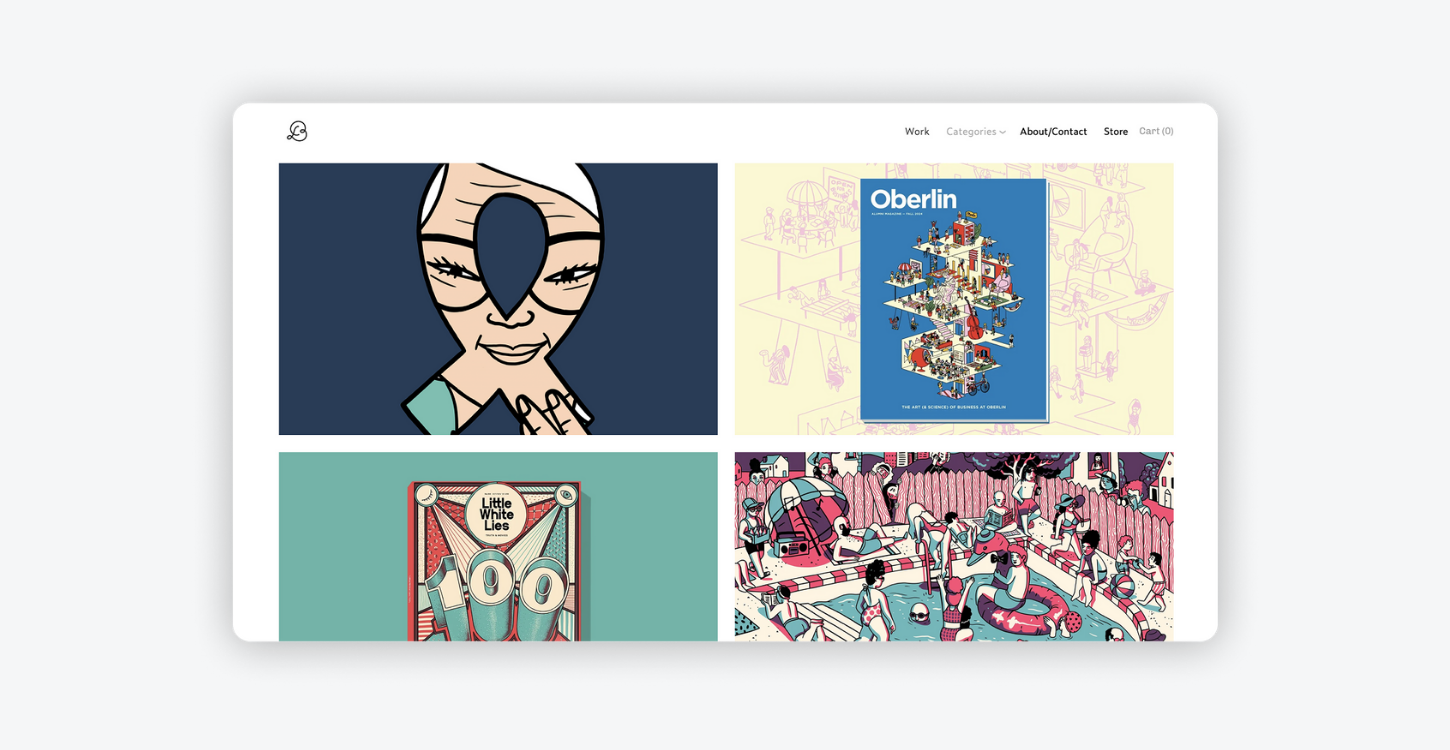
4. Lotta Nieminen
New York–based Lotta Nieminen organizes her portfolio by medium—visual identity, web design, product design—making it easy for viewers to explore her diverse body of work. Minimalist design and black-and-white images tie everything together.
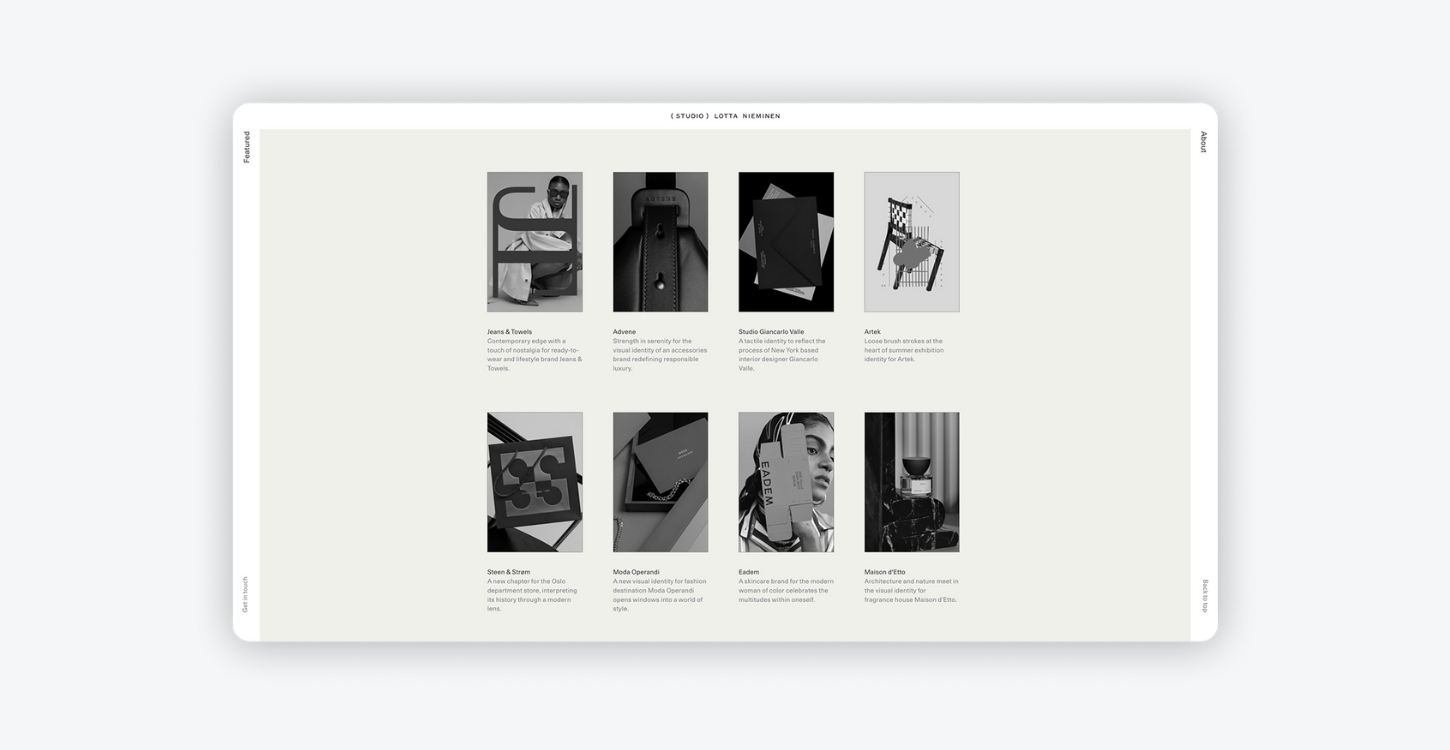
5. Carla Palette
Berlin-based Carla Palette leans into her provocative, colorful style and her personal brand motto—“I’m not for everyone.” Her portfolio unapologetically reflects her bold voice while keeping projects easy to browse.
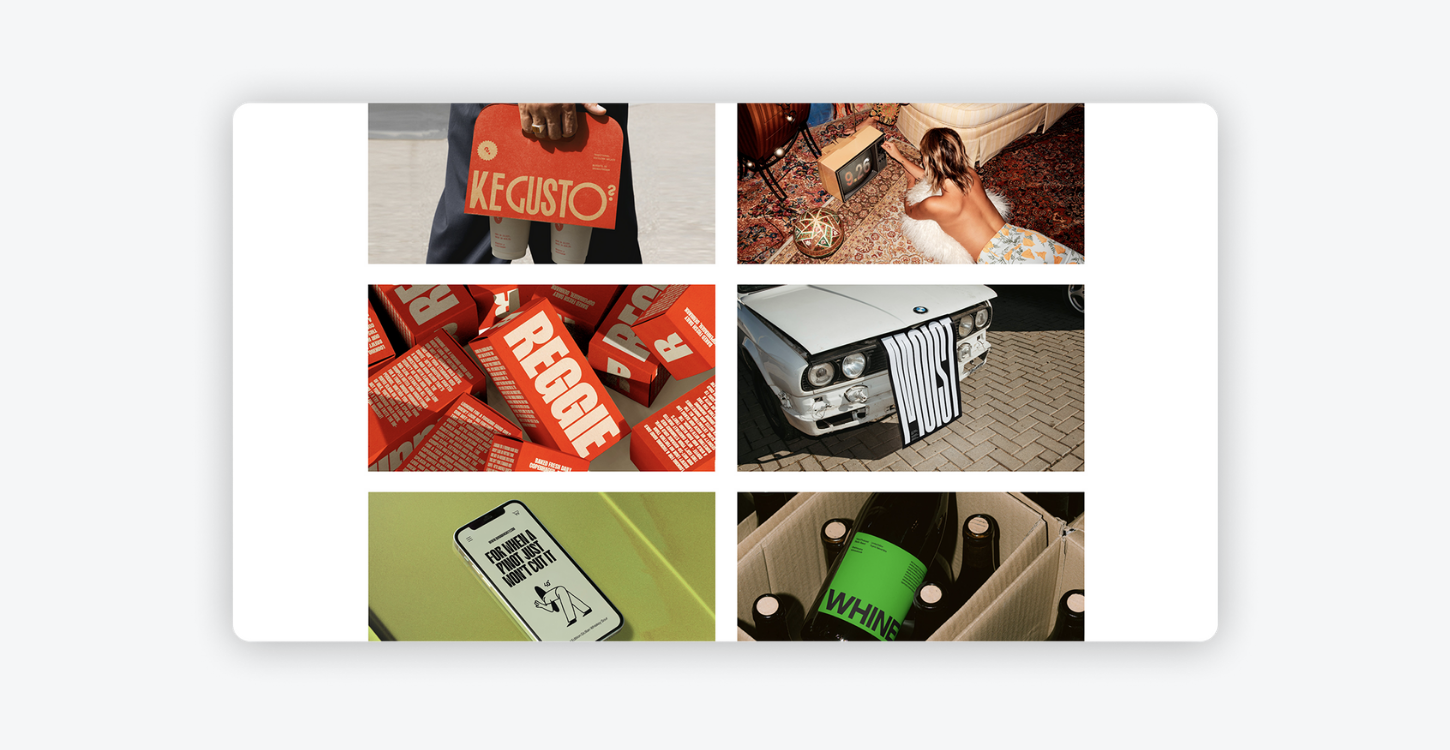
6. Michele Angeloro
Tokyo-based Michele Angeloro takes an interactive approach: visitors can flip through projects by simply moving their cursor. The minimalist site keeps attention on the work itself, with contact info just a click away.
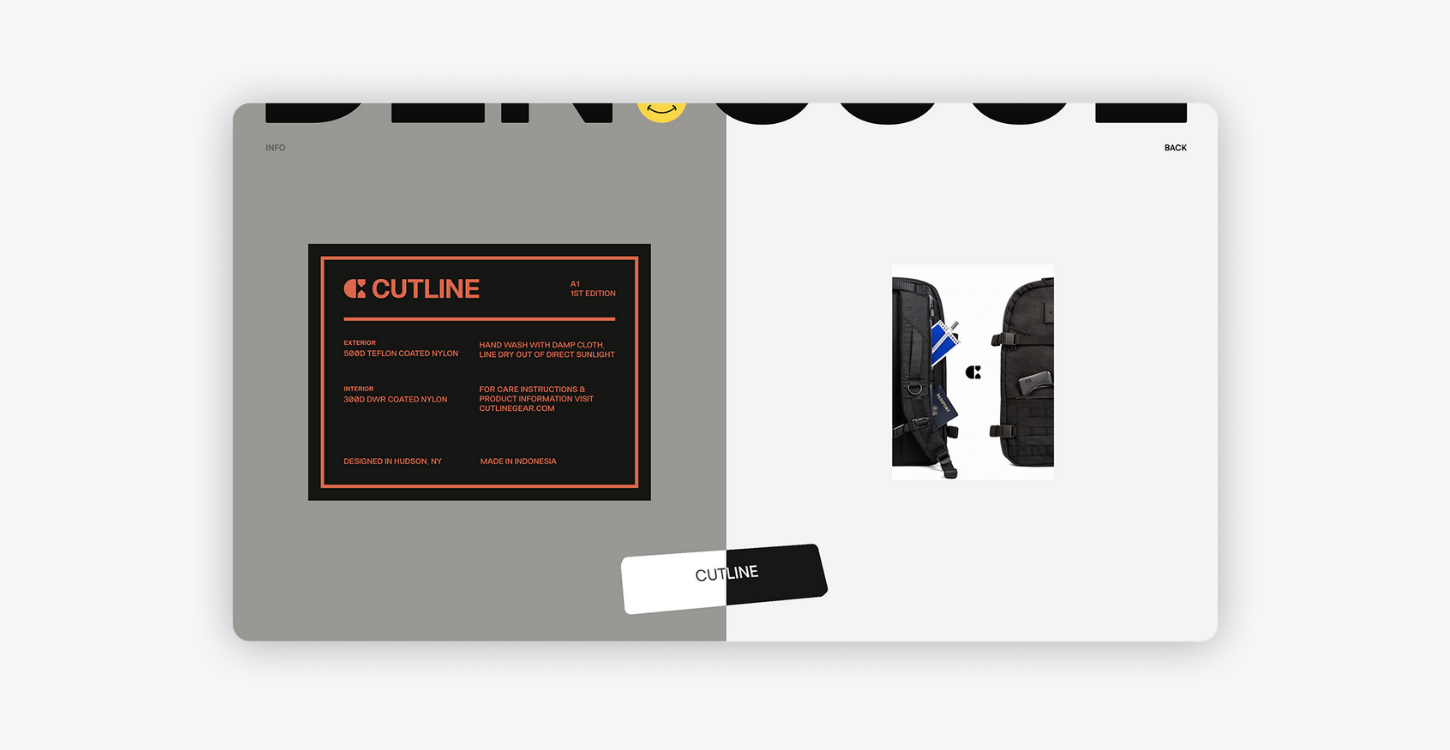
Best Practices for Your Art Director Portfolio
1. Curate with intention
Think of your portfolio as a greatest hits collection, not an archive. Tailor the work you showcase to the roles or clients you’re targeting. Tools like Playbook’s Publish feature make it easy to manage multiple versions of your portfolio for different audiences.
2. Tell your story
Your portfolio should communicate more than visuals—it should highlight your journey, process, and unique perspective. Use short captions or project descriptions to frame your work.
3. Prioritize clear presentation
Organize by category or medium, and keep layouts clean. Playbook templates make this simple, letting you build a professional portfolio without extra design work.
4. Create a positive user experience
A portfolio should be easy to navigate, mobile-friendly, and include clear contact info. Playbook’s sharing options ensure your portfolio is accessible to anyone, even if they’re not on the platform.
5. Keep it fresh
Regularly update your portfolio with new work and remove outdated projects. Collaboration features in Playbook—like comments and reactions—make it easy to gather feedback and refine your portfolio over time.
Portfolio Inspiration from the Playbook Community
Looking for some inspiration? The Playbook Portfolio Showcase is full of designers pushing creative boundaries. A few highlights:
- UX Design Portfolio by Sally Yang
- Brand Design Portfolio by Eva Van der Borght
- Graphic Design Portfolio by Kyle Matthew Degrano
- Food Photography Portfolio by Anastasia Nadila
Curate Your Art Director Portfolio with Playbook
A strong portfolio is your digital calling card. With Playbook, you can create a visually stunning, organized, and easily shareable portfolio in minutes—without compromising on creativity.
Our gallery templates, collaboration tools, and one-click sharing make it simple to tell your design story and land your next opportunity.
👉 Ready to get started? Build your art director portfolio with Playbook today!
